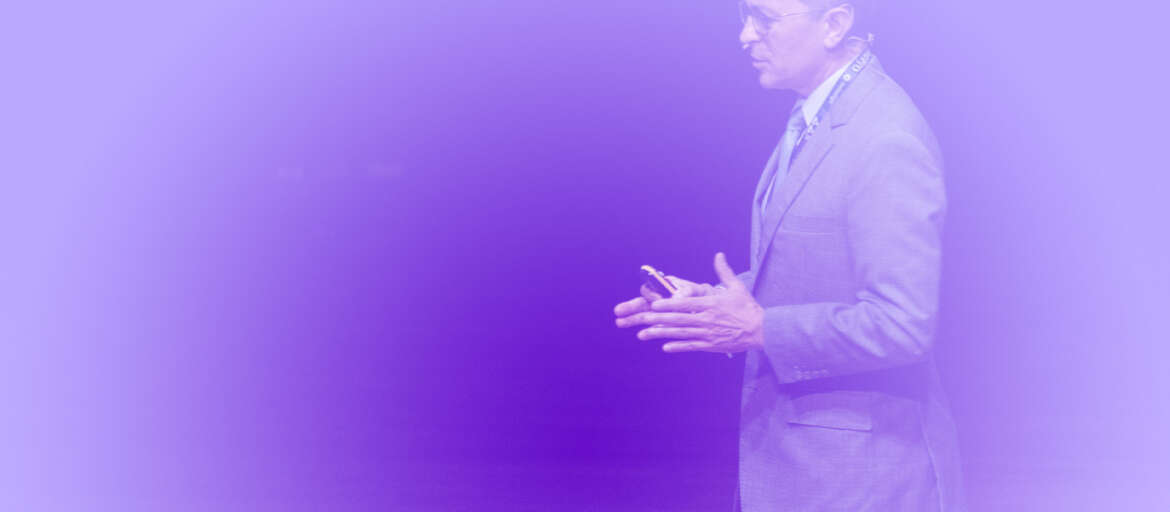Int J Oral Maxillofac Surg. 2020 Jun 27:S0901-5027(20)30210-1. doi: 10.1016/j.ijom.2020.06.003. Online ahead of print.
Kuijpers MAR(1), Maal TJJ(2), Meulstee JW(2), Carels CEL(3), Bronkhorst EM(4), Bergé SJ(5), Fudalej PS(6).
AUTHOR INFORMATION:
(1) Department of Dentistry, Section of Orthodontics and Craniofacial Biology, Radboud Institute for Health Sciences, Radboud University Medical Center, Nijmegen, The Netherlands; Cleft Palate Craniofacial Unit, Radboud University Medical Center, Nijmegen, The Netherlands.
(2) Radboudumc 3D Lab, Radboud University Medical Center, Nijmegen, The Netherlands; Department of Oral and Maxillofacial Surgery, Radboud University Medical Center, Nijmegen, The Netherlands.
(3) Department of Oral Health Sciences, KU Leuven and University Hospitals KU Leuven, Leuven, Belgium.
(4) Department of Dentistry, Section of Orthodontics and Craniofacial Biology, Radboud Institute for Health Sciences, Radboud University Medical Center, Nijmegen, The Netherlands; Department of Dentistry, Section of Cariology and Endodontology, Radboud University Medical Center, Nijmegen, The Netherlands.
(5) Department of Oral and Maxillofacial Surgery, Radboud University Medical Center, Nijmegen, The Netherlands.
(6) Department of Orthodontics and Dentofacial Orthopaedics, University of Bern, Bern, Switzerland; Department of Orthodontics, Palacký University, Olomouc, Czech Republic; Department of Orthodontics, Institute of Dentistry, Jagiellonian University, Krakow, Poland. Electronic address: piotr.fudalej@uj.edu.pl.
The aim of this study was to determine the amount of deviation in nasolabial shape in patients with a cleft compared with an average non-cleft face, and to assess whether this difference is related to nasolabial aesthetics.Three-dimensional stereophotogrammetric images of 60 patients with a unilateral cleft were used. To quantify shape differences, four average non-cleft faces were constructed from stereophotogrammetric images of 141 girls and 60 boys. Three-dimensional shape differences were calculated between superimposed cleft faces and the average non-cleft face for the same sex and age group. Nasolabial aesthetics were rated with the modified Asher-McDade Aesthetic Index using a visual analogue scale (VAS). Mean VAS scores ranged from 51.44 to 60.21 for clefts, with lower aesthetic ratings associated with increasing cleft severity. Shape differences were found between cleft faces and the average non-cleft face. No relationship was found for the VAS, age, and sex, except that a lower VAS was related to a higher nose and lip distance between the superimposed cleft and average non-cleft faces for nasal profile (P= 0.02), but the explained variance was low (R2=0.066). In conclusion, except for nasal profile, nasolabial aesthetics were not influenced by the extent of shape differences from the average non-cleft face.
Copyright © 2020 The Author(s). Published by Elsevier Ltd.. All rights reserved.
DOI: 10.1016/j.ijom.2020.06.003
PMID: 32605823




